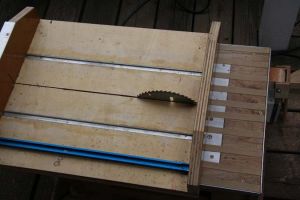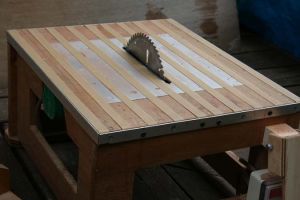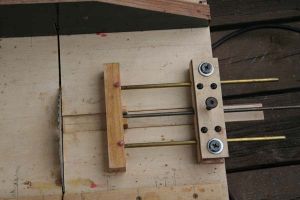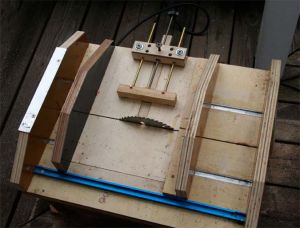JakePWM
Member
Hello,
What are most of you using to cutdown the wood into the patterns you make? I have an older 10inch craftsman table saw but I feel like I'm destined to lose a finger or two trying to get the wood thin enough.
Should I look into a bandsaw? Or are there better options?
Thanks,
Jake
Sent from my iPhone using Penturners.org mobile app
What are most of you using to cutdown the wood into the patterns you make? I have an older 10inch craftsman table saw but I feel like I'm destined to lose a finger or two trying to get the wood thin enough.
Should I look into a bandsaw? Or are there better options?
Thanks,
Jake
Sent from my iPhone using Penturners.org mobile app









